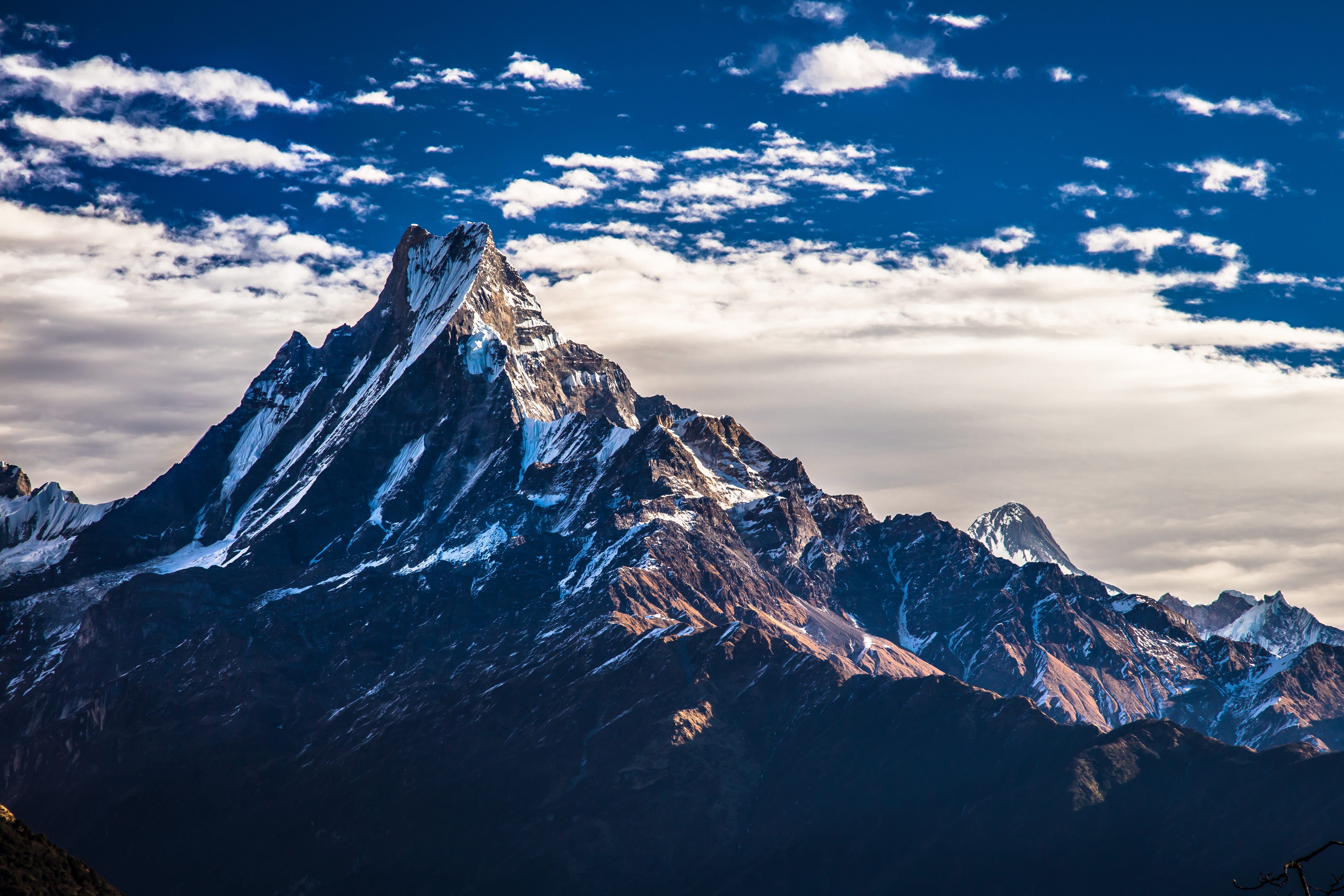An international team of scientists has shed new light on the earthquake that devastated Nepal in April 2015, killing more than 8,000 people.
A study published in the journal Nature Geoscience shows that a kink in the regional fault line below Nepal explains why the highest mountains in the Himalayas are seen to grow between earthquakes. This kink has created a ramp 20km below the surface, with material constantly being pushed up and raising the height of the mountains.
The researchers, from the UK's Centre for the Observation and Modelling of Earthquakes, Volcanoes and Tectonics (COMET), as well as academics from the USA and France, also demonstrate that the rupture on the fault stopped 11km below Kathmandu. This indicates that another major earthquake could take place within a shorter timeframe than the centuries that might be expected for the area.
Lead author Dr John Elliott of Oxford University, a member of the COMET team, said: 'Nepal has some of the highest mountain ranges in the world that have been built up over millions of years because of the collision of India with Asia. But the way in which mountains grow and when this occurs is still debated.
'We have shown that the fault beneath Nepal has a kink in it, creating a ramp 20km underground. Material is continually being pushed up this ramp, which explains why the mountains were seen to be growing in the decades before the earthquake.
'The earthquake itself then reversed this, dropping the mountains back down again when the pressure was released as the crust suddenly snapped in April 2015.
'Using the latest satellite technology, we have been able to precisely measure the land height changes across the entire eastern half of Nepal. The highest peaks dropped by up to 60cm in the first seconds of the earthquake.'
Mount Everest, at more than 50km east of the earthquake zone, was too far away to be affected by the subsidence seen in this event.
Dr Pablo Gonzalez of the University of Leeds, a member of the COMET team, said: 'We successfully mapped the earthquake motion using satellite technology on a very difficult mountainous terrain. We developed newly processing algorithms to obtain clearer displacement maps, which revealed the most likely fault geometry at depth. Such geometry makes sense of the puzzling geological observations.'
Another key finding of the study shows that the rupture in the fault stopped 11km below Kathmandu, leaving an upper portion that remains unbroken.
Dr Elliott said: 'Using the high-resolution satellite images, we have shown that only a small amount of the earthquake reached the surface. This is surprising for such a big earthquake, which we would normally expect to leave a major fault trace in the landscape. This makes it a challenge when trying to find past earthquake ruptures, as they could be hidden.
'We found that the rupture from April's earthquake stopped 11km beneath Kathmandu, and that this sudden break is because of damage to the fault from interactions with older faults in the region. This is important because the upper half of the fault has not yet ruptured, but is continuously building up more pressure over time as India continues to collide into Nepal.
'As this part of the fault is nearer the surface, the future rupture of this upper portion has the potential for a much greater impact on Kathmandu if it were to break in one go in a similar sized event to that of April 2015.
'Work on other earthquakes has suggested that when a rupture stops like this, it can be years or decades before it resumes, rather than the centuries that might usually be expected.
'Unfortunately, there is no way of predicting precisely when another earthquake will take place. It's simply a case of countries and cities making sure they are well prepared for when it does happen.'
The research was a collaboration between scientists from the University of Oxford, the University of Leeds, the University of Cambridge, California Institute of Technology, PSL Research University (France), and engineering consultancy Arup.
The majority of the work was funded by the Natural Environment Research Council (NERC).
